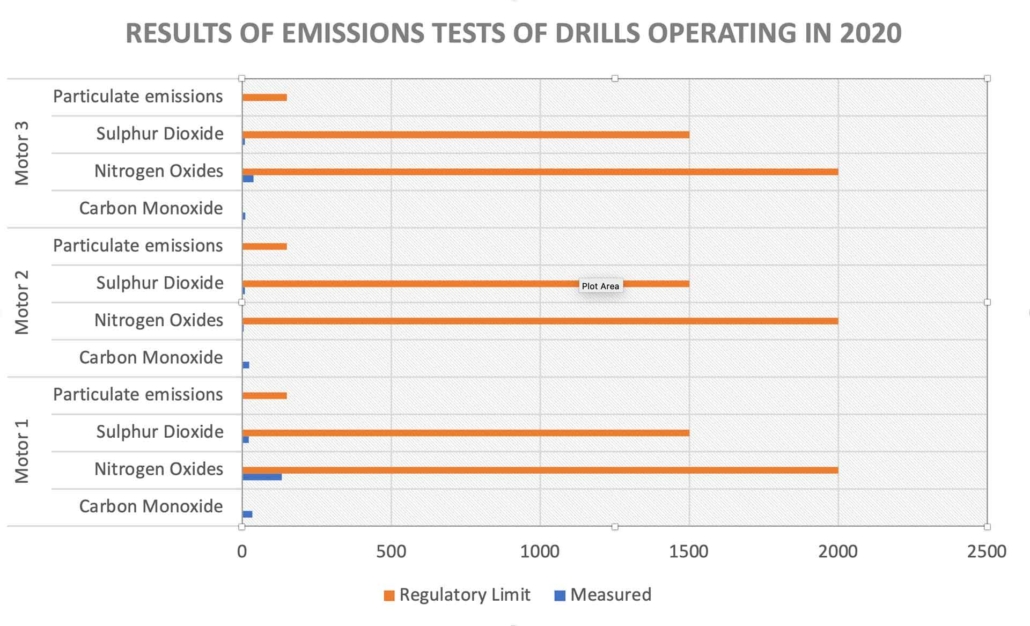Emission Reduction Goals
Management of Scope 1 Emissions
Due to the early stage of exploration in which Aurania is involved, emissions are mainly from light passenger vehicles, helicopters, and drill rigs. The Company took the decision to forego its own fleet of vehicles in favour of using local contractors on an as-needed basis as a means of minimizing its footprint while stimulating local small business. Our planning incorporates an increase in travel as the exploration program advances, and hence vehicle-related emissions are likely to grow in 2021 and beyond. The one thing that Aurania aims to achieve in 2021, is a 50% reduction in lead-related emissions through implementation of an incentive program for the hired vehicles to use lead-free gasoline and diesel.
The Company has not been involved in any road construction, thereby minimizing its environmental impact and avoiding the inevitable development by third parties along such access routes. This approach requires more intensive use of helicopters with a related increase in emissions from Jet-A1 fuel.
Drilling is also scheduled to increase in 2021 and in future years as Aurania’s exploration advances, which will result in an increase of emissions from those motors. We use small rigs that are driven by smaller motors in order to minimize our emissions, and there is little room to reduce emissions per motor further. Aurania will, however, increase the frequency of third-party checks on the motors to ensure that they are operating at high efficiency, thereby minimizing their emissions.
Our aim is to reduce emissions by diesel generators at drill camps by 10% in 2021 by using solar panels to provide power for internet use during the day, rather than having the diesel generator started for this purpose.
Most fuel available in Ecuador contains lead and Aurania is investigating ways of reducing the use of this fuel – our target being to reduce lead emissions by 20% in 2021.







